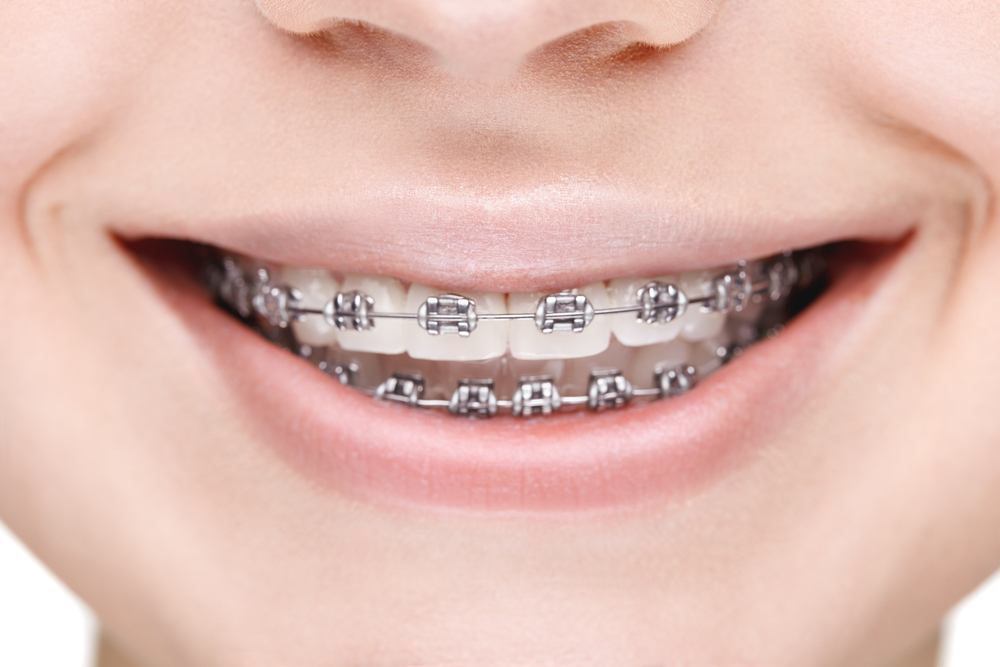
For many people, having straight teeth is an important part of having a healthy and beautiful smile. Metal braces are the traditional way to straighten teeth, but they are not the only option. There are several alternatives to metal braces that can help you achieve a straight and healthy smile. In this article, we will discuss some of the most popular alternatives to metal braces and the advantages and disadvantages of each one. We will also discuss how to decide which option is right for you.
What’s Wrong With Metal Braces?
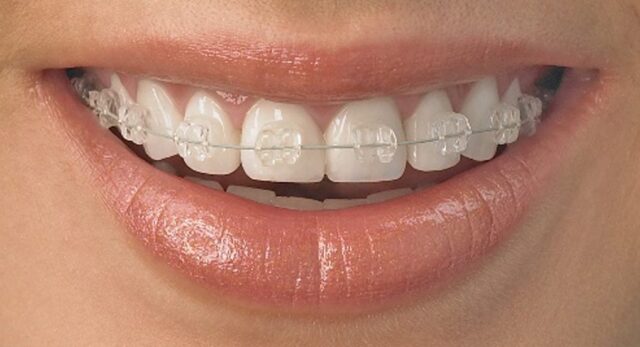
Metal braces are a type of orthodontic treatment that has been around for decades, but they come with a few drawbacks. While they are still an effective way to correct misaligned teeth, they can also be uncomfortable and inconvenient. Here are some of the potential drawbacks of this option.
1. Unsightly Appearance
They are the most noticeable type of orthodontic treatment, and can be embarrassing for some people. The brackets and wires can make it difficult for people to feel confident about their smiles.
2. Uncomfortable
They can be uncomfortable, especially when they are first put on. The brackets and wires can cause irritation to the soft tissues of the mouth, as well as the lips and cheeks.
3. Restrictions
They can make it difficult to eat certain foods, like crunchy snacks and chewy candy. Additionally, some activities, such as sports, can be more difficult with this option.
4. Long Treatment Times
They tend to take longer to correct misaligned teeth than other types of orthodontic treatment, such as clear aligners. Depending on the severity of the misalignment, treatment can take up to two years or more.
5. Cost
They tend to be more expensive than other types of orthodontic treatment, such as clear aligners. Additionally, they require regular visits to the orthodontist, which can add to the cost of treatment.
These are some drawbacks of using this option. However, you have nothing to worry about. There are numerous alternative options that you can try out to fix the alignment of your teeth.
Alternative Orthodontic Options To Metal Braces
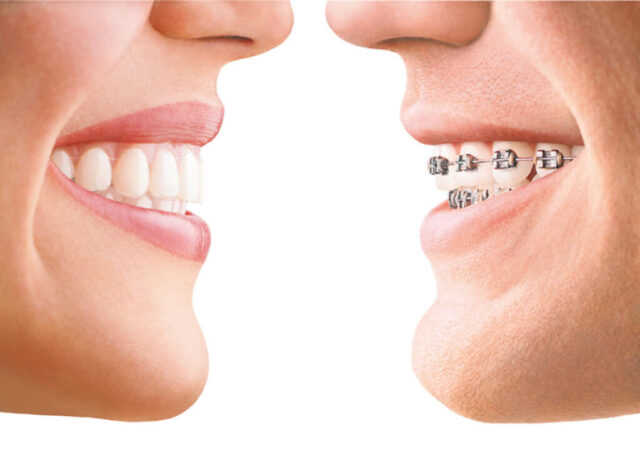
In recent years, traditional metal braces have become increasingly unpopular among adults, teens, and children alike. The reasons for this disinterest are listed above.
As a result, alternative orthodontic options have been developed that are more discreet and comfortable than traditional braces. Also, they provide a quicker treatment as compared to the traditional options.
Invisalign is one of the most popular alternative orthodontic options on the market. This system uses a series of custom-made, clear aligners that fit snugly over the teeth. These aligners are removable, so they can be taken out for meals and special occasions, and are virtually invisible when worn. There are numerous other options available. We will go over each of them in detail:
Invisalign
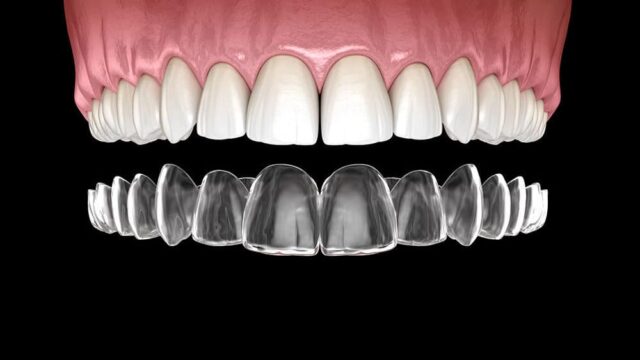
Invisalign is one of the most advanced orthodontic treatments available. It is a modern, virtually invisible system of clear plastic aligners that are worn over the teeth and gradually straighten them. It is designed to correct teeth that are misaligned, crooked, or crowded.
It can be used for both adults and teens, and it is a great option for those who want to improve their smile without the hassle of traditional brackets. Invisalign works by using a series of custom-made aligners that are created from a 3D scan of the patient’s teeth. Each aligner is worn for two weeks and moves the teeth a tiny amount in the desired direction.
Additionally, Invisalign is removable, so you can take it out when you eat or brush your teeth. This makes it easier to maintain good oral hygiene. Invisalign is also more convenient than traditional brackets.. You do not need to visit the orthodontist for regular adjustments, and you can easily take out the aligners for special occasions. It is also much faster than traditional brackets, with many patients completing their treatment in as little as six months. Invisalign is the right choice for everyone.
Lingual Braces
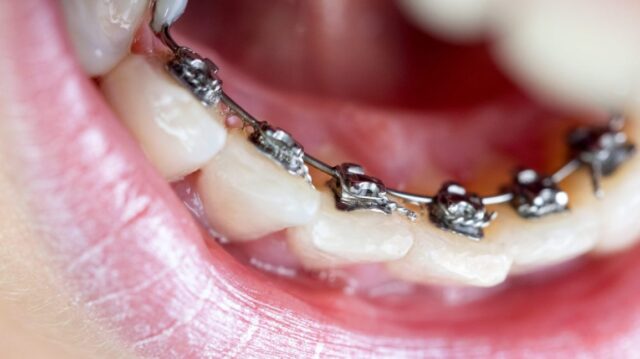
Unlike traditional braces, lingual braces are applied to the backside of the teeth and are thus hidden from view. They work in the same way as traditional braces, using metal brackets and wires to gradually move the teeth into their proper position. The main advantage of lingual braces is that they are extremely discreet, making them a good option for adults who are self-conscious about their appearance during orthodontic treatment.
Clear Ceramic Braces
They are another alternative to traditional metal braces. These braces use ceramic brackets that blend in with the natural color of the teeth, making them much less noticeable than metal braces. The ceramic material is also much smoother than metal, so it can be more comfortable to wear. However, clear ceramic braces are typically more expensive than metal braces.
Clear Aligners
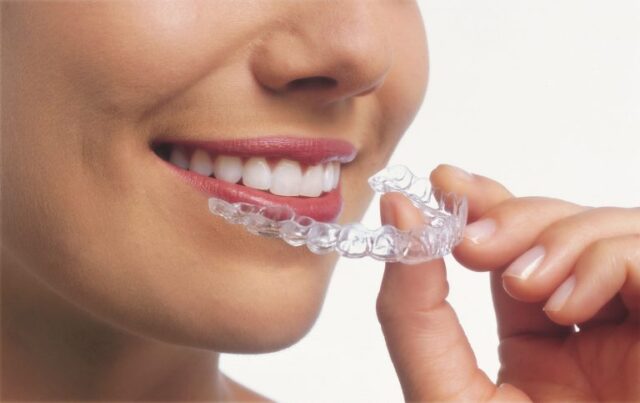
This system works in a similar way to Invisalign braces, but it is specifically designed for adults with more complex orthodontic issues. Clear aligners are removable and virtually invisible, making them a great choice for adults who are self-conscious about their appearance while undergoing orthodontic treatment. All of these alternative orthodontic options can be effective in correcting minor to moderate misalignments of the teeth.
However, it is important to seek the advice of a qualified orthodontist to determine which option is best for your individual needs. With the right choice, you can have the straight, beautiful smile you’ve always wanted in no time.
Conclusion
There are a variety of alternatives to metal braces for straightening teeth. The most popular alternatives are clear aligners such as Invisalign, clear ceramic braces, and lingual braces. All of these options offer a more aesthetically pleasing appearance than traditional metal braces.
Each of these options has its own advantages and disadvantages and it is important to discuss all of them in depth with a qualified orthodontist to determine the best option for one’s unique situation. Ultimately, the best alternative to metal braces will depend on the individual’s needs, lifestyle, and treatment goals.









